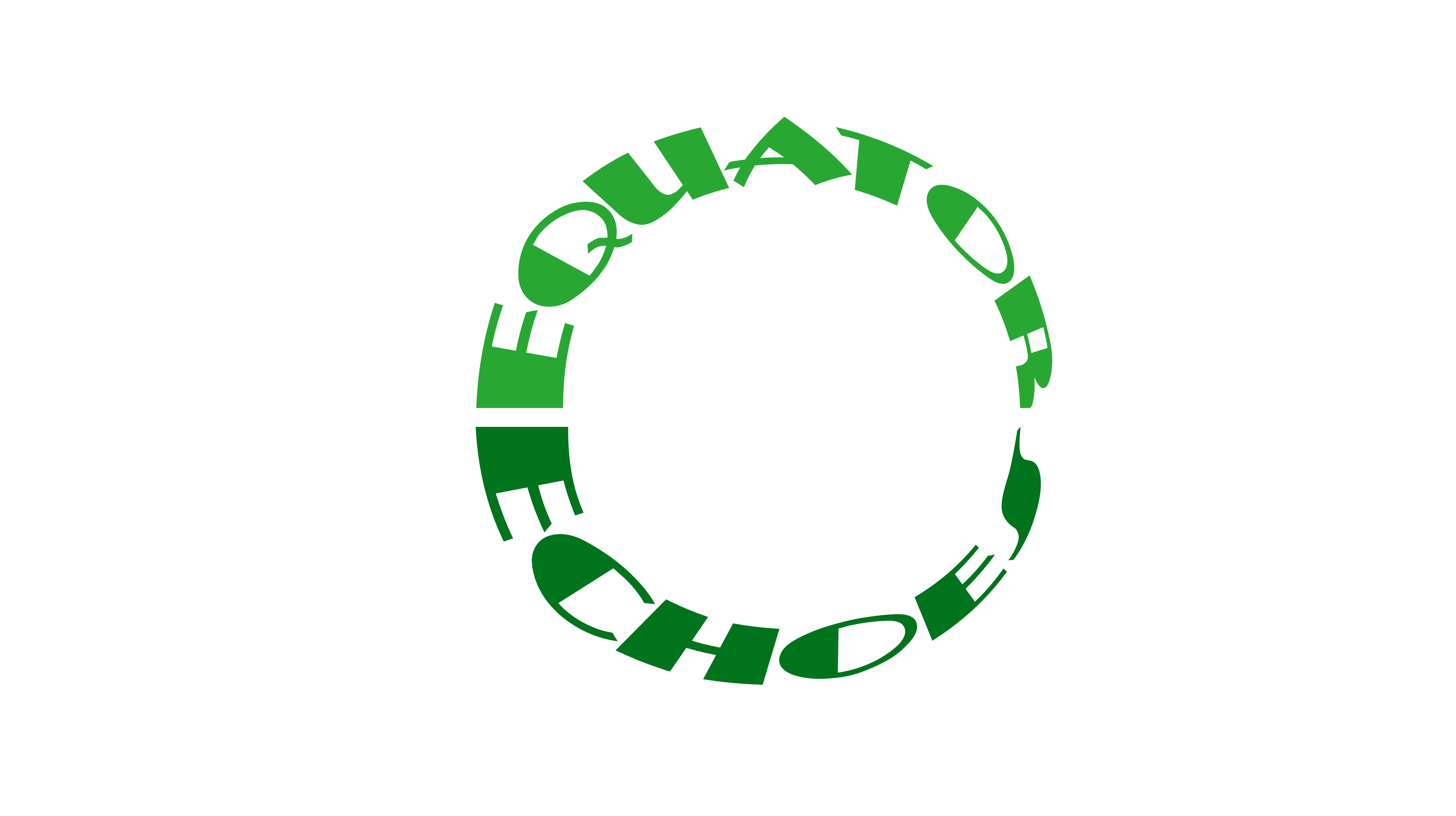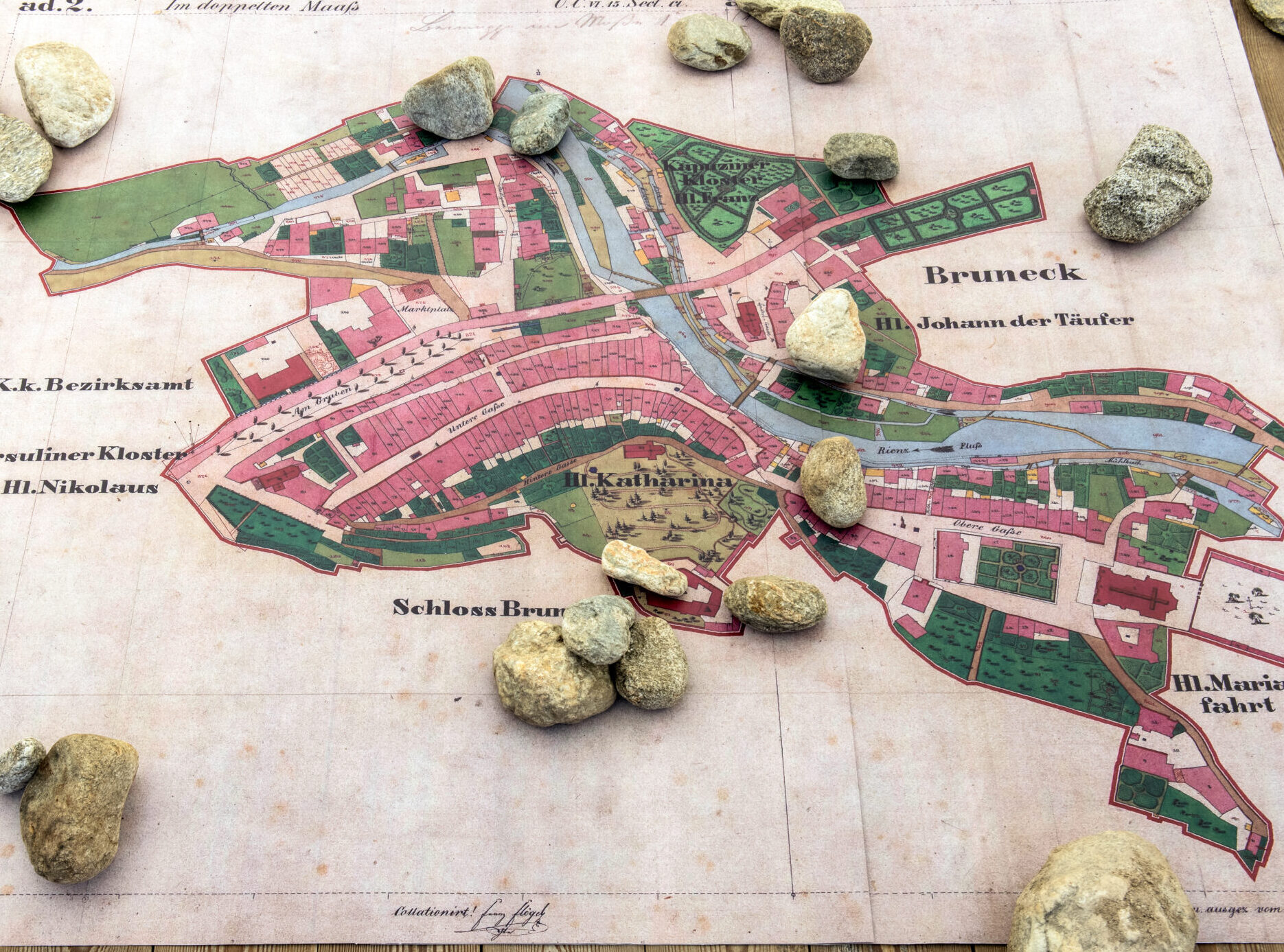Traslation by Luigina D’Introno
everything remains in the eye of the storm
it is quiet, they say
but now that
I’m in it
I can assure you
echoes refuse to fade
they only return to reclaim who was taken
Taken from the poem displayed on the walls of Kunst Merano Arte, this poetic invocation is the beating heart of the exhibition Aerolectics, Belinda Kazeem-Kamiński’s first solo show in Italy. An Austrian multidisciplinary artist of Nigerian origin, Kazeem-Kamiński works on the frictions between diasporic memory, Afro-diasporic epistemologies and colonial structures still active in Western narratives. Her work is based on a constant interrogation of the archive as a construction of power: a living, incomplete and violent container that reflects the colonial and racial hierarchies on which European modernity was founded.
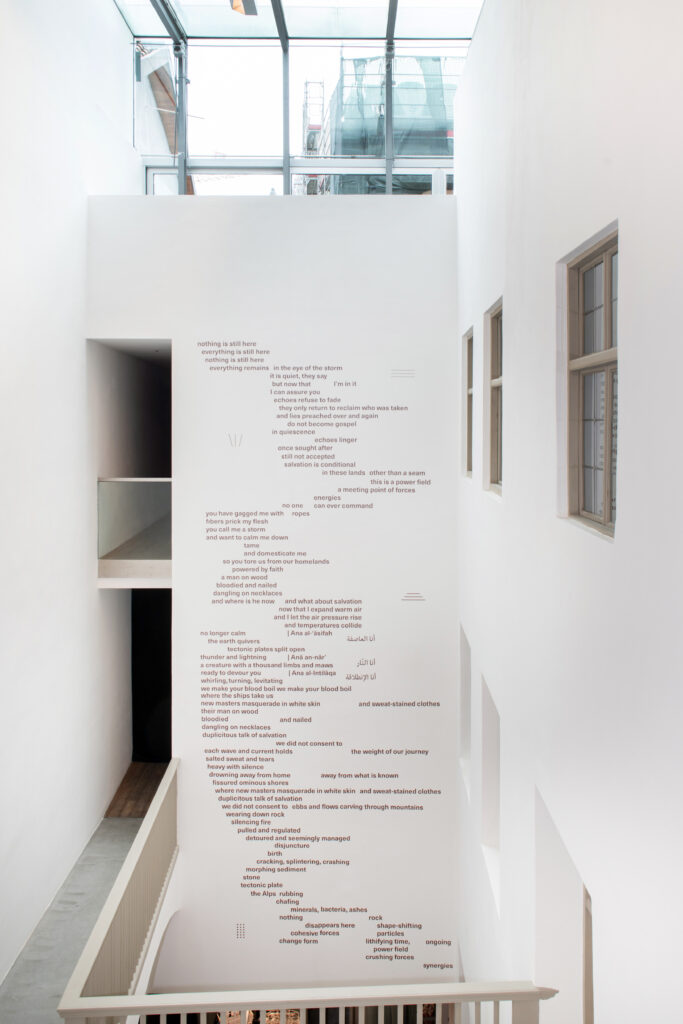
Her archival practice becomes a critical and reparative tool, an act of radical imagination that destabilises the fixity of the dominant history. In her installations she gives space to gaps, silences and absences, to evoke a diasporic counter-memory that is both personal and collective. Arolitics, part of the exhibition project The Invention of Europe: a tricontinental narrative (2024-2027) was initiated by curators Lucrezia Cippitelli and Simone Frangi. The title of the exhibition takes its inspiration from the thought of the Barbadian intellectual Kamau Brathwaite. Air becomes a political element, a space of resonance and a metaphor for a non-linear, mobile narrative that escapes the imposition of the colonial archive and relies on echoes, voids and returns. As he writes: echoes refuse to fade.
The site-specific project for Kunst Merano Arte moves from an archive discovery in Brunico where the artist found traces of three African girls, Asue, Gambra and Schiama, deported to the Ursuline convent in Brunico in 1855, bought in Egypt by missionaries for the purpose of evangelisation. This episode, erased from collective memory, becomes for Kazeem-Kamiński the starting point for a rewriting of history starting from the body, from photographic and sound absence. What remains are the only descriptions of the nuns. One of the three children in particular, Asue, who stirs the artist’s desire for vindication, is described as ‘a cyclone’, an impulsive storm. The exhibition is divided into three exhibition levels, built according to the natural elements of the cosmology of the Yoruba population, from which the three girls come – earth, water, fire. On the ground floor, earth is the protagonist: obscure geographies, rocky materials, maps.
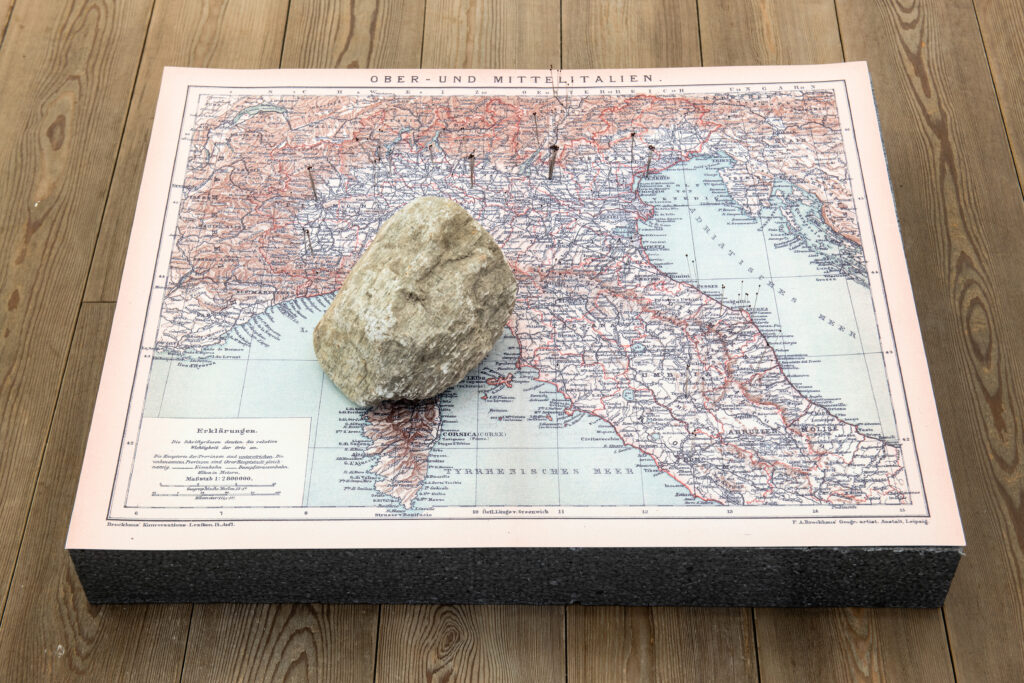
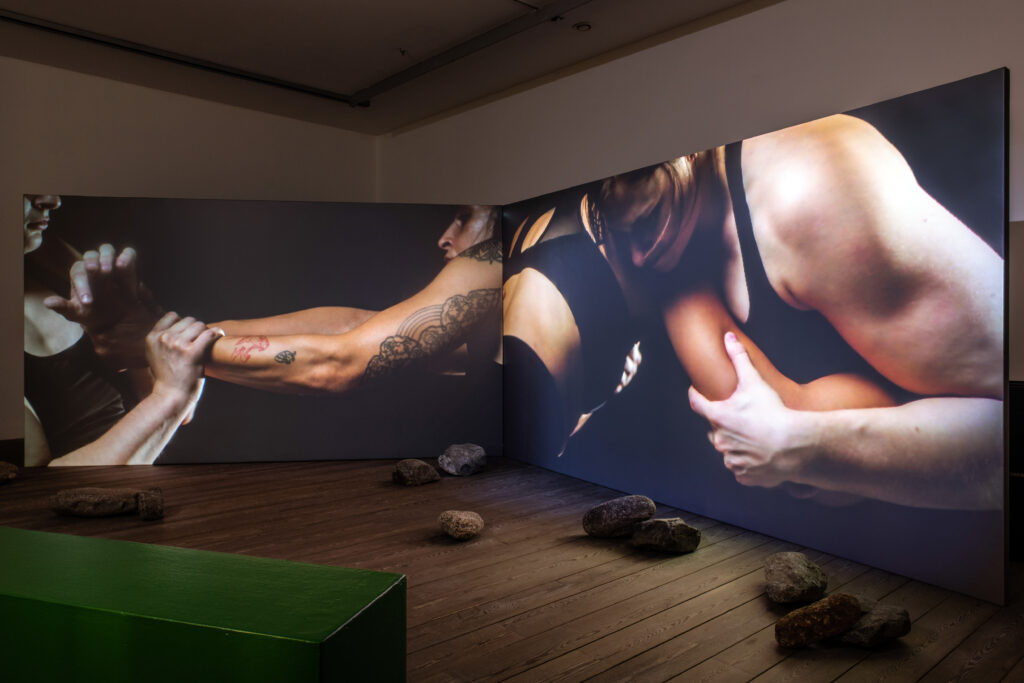
On the intermediate floor, water dominates through a video that evokes the crucial moment of baptism. The upper floor is dedicated to fire, to the wrath of Oya, the Yoruba deity of revenge and fire. Here, the artist elaborates more than forty ritual statuettes in fired clay (a material that encapsulates the narrative elements of the exhibition), pierced by nails and with a mirror set on the chest: votive icons that are evoked when a life requires revenge.

Kazeem-Kamiński extrapolates both memory and repair, never narrative. She deploys imagination to fill the gaps left by official archives, creating alternative narratives that restore voice and dignity to subjects historically silenced. This approach allows her to deal with historical trauma in a transformative way, as she does through body and movement, employed to narrate documentary absence. As she says: I am not interested in making the invisible visible, but in understanding why it is invisible in the first place.
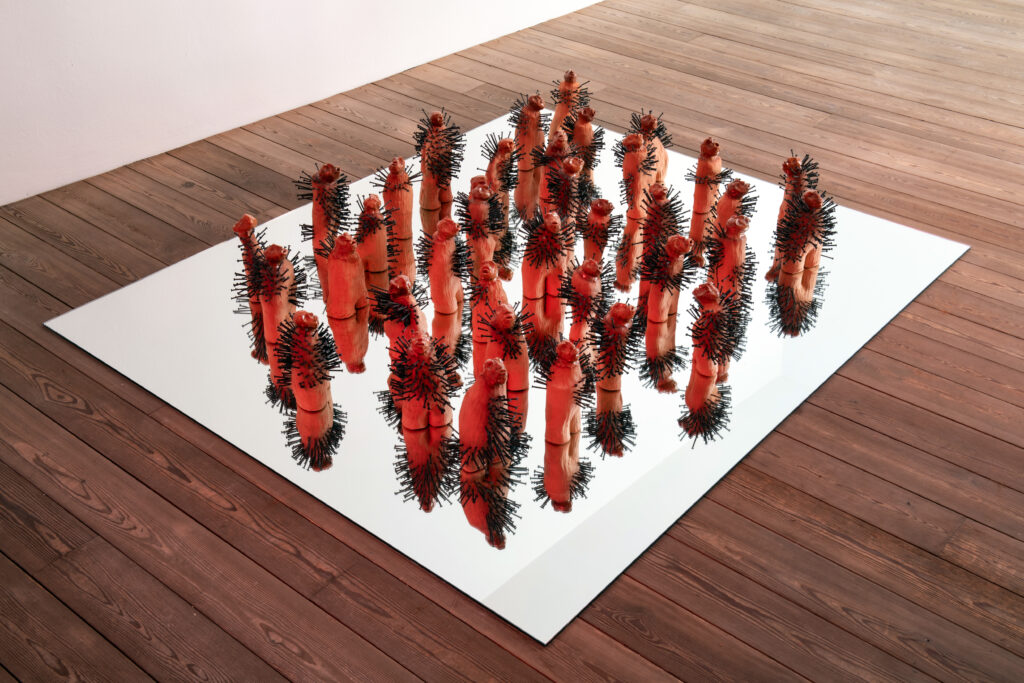
In line with black feminist thought, the artist does not just reconstruct history, but questions its epistemological conditions. Devoid of direct testimony, she imagines the emotions of the girls – anger, pain, disorientation – without paternalistic mediation. She strives to avoid the spectacularization of pain, seeking instead to create works that respect and honour the experiences of the people represented. Her works evoke noise, sounds and memories. As Audre Lorde recalls: Whenever a conscious Black woman raises her voice on issues central to her existence, somebody is going to call her strident, because they don’t want to hear about it, nor us. I refuse to be silenced and I refuse to be trivialised, even if I do not say what I have to say perfectly. Kazeem-Kamiński replies with a story that doesn’t want to be forgotten, with a ‘storm’ that Asue unleashes through her voice and her hustle and bustle, reaching all the way to the present day. Her previously trivialised shriek has arrived in modernity to be grasped, listened to and claimed by an artist who tries to welcome and understand it.
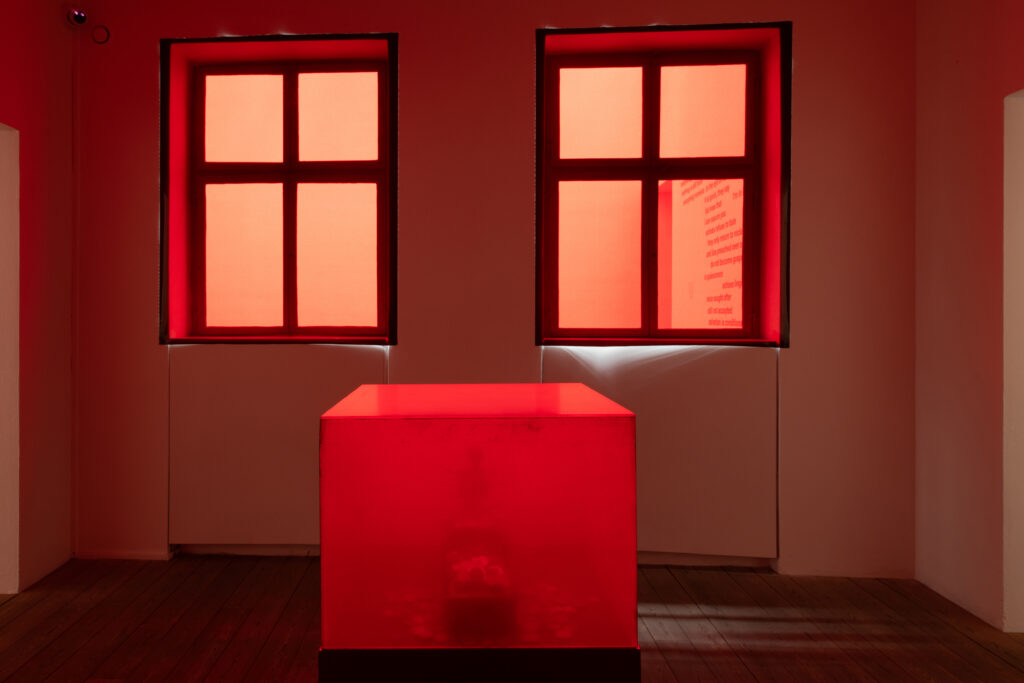
Thus anger and frustration have not remained unheard but have finally found their place. What is restored, then, is not the figure of Asue as a historical figure, but what her body, her resistance, her refusal to adapt – as recorded in the monastic archives – tell us about a black genealogy that also crossed the South Tyrolean mountains. Her ‘storminess’ is taken up and transformed into poetic and political form.
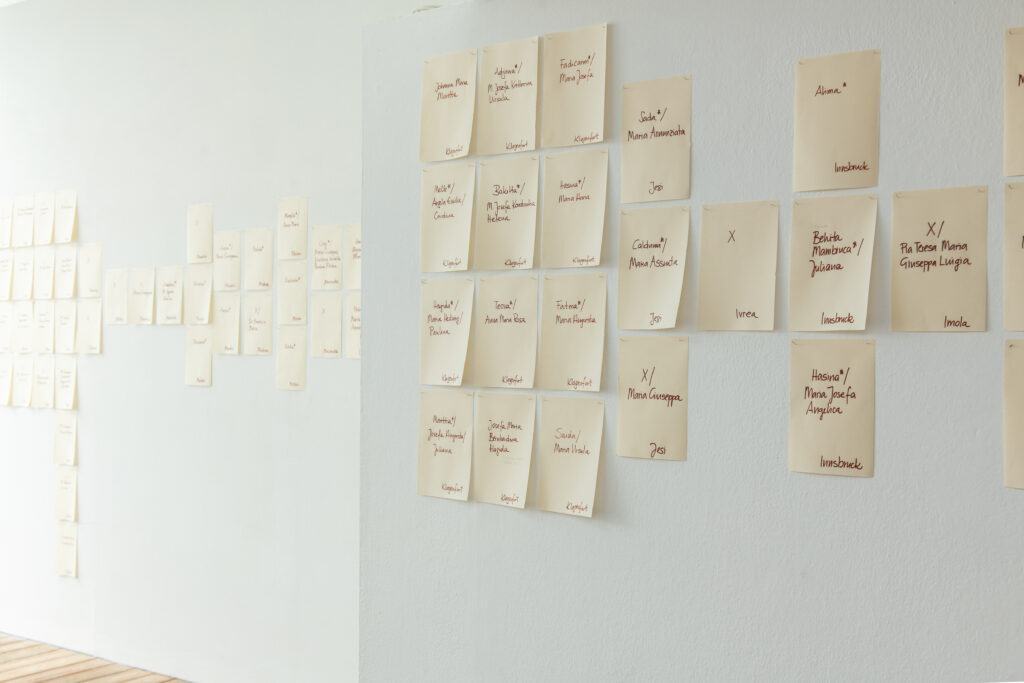
The artist leaves us with questions that we cannot ignore: are we really ready, as Europeans and as situated observers, to let that storm wash over us? Do we have the courage to question a history built on omissions, silences and discrepancies?
Belinda Kazeem-Kamiński was born in 1980 in Vienna, Austria. She is a writer, artist, and scholar. Rooted in Black feminist theory, she has developed a research-based and process-oriented investigative practice that often deals with archives, specifically with the voids in public archives and collections. Interlacing the documentary with the fictional, her works manifest themselves through a variety of media and dissect the present of an everlasting colonial past: a past without closure.
Her work has been exhibited in leading institutions, including Galerie für zeitgenössische Kunst Leipzig (2024), Phileas (2024), Camera Austria Graz (2022), and Kunsthalle Wien (2021). The artist has also participated in major group exhibitions: IMMA Irish Museum of Modern Art (2024), Liverpool Biennale (2023), Art X Lagos (2023), Les Rencontres d’Arles (2022), and Museum der Moderne Salzburg (2021).
Belinda Kazeem-Kamiński’s art practice has won international awards, including Otto Mauer Award (2023), Art X Prize for the African Diaspora (2022), and Camera Austria Award (2021). Her works are part of international collections such as the mumok | Museum moderner Kunst Stiftung Ludwig Wien, the Belvedere, and the Centre National des Arts Plastiques.
Belinda Kazeem-Kamiński. Aerolectics
Curated by Lucrezia Cippitelli and Simone Frangi
16/03/2025 – 9/06/2025
Merano Arte APS – Via dei Portici 163 – Merano (BZ)
